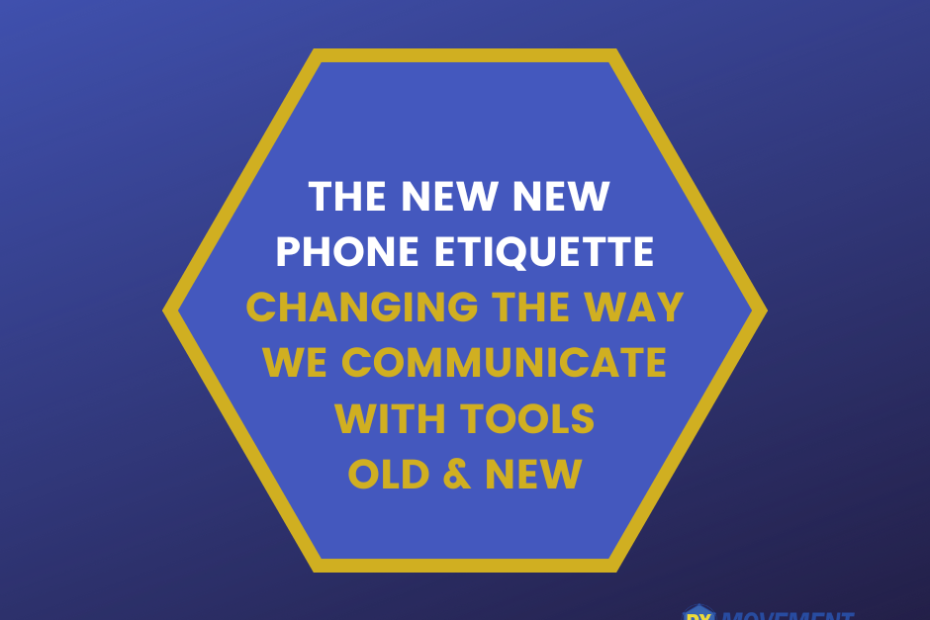Communication With Tools Old & New
It’s amazing when you think about how our world has changed based on the way we communicate with others. Before the telephone, letters could take weeks to months to reach the recipient. Ever since the telephone was invented (nearly 150 years ago), we’ve seen the time it takes to reach another person — either by voice or in writing —become instantaneous. No more time gap for information to travel from point A to point B.
I’m a big believer in telephone skills training for anyone communicating with patients. Given our societal shift towards more text-based communication, we need to expand the scope of skills to include text, email, and video. A recent article proclaiming don’t leave a voicemail sheds light on how we need to re-think the interactions between medical practices and patients. Here are a few pointers that make a lot of sense:
Text First Before Calling
I really like this approach and find myself doing this routinely as well as asking others who need a call with me to do the same. Giving a “heads up” is both polite and courteous to help the receiver be ready … and help avoid going to voicemail. This is a great skill for counselors and schedulers in the practice who follow up with patients who are still undecided about having a procedure.
Emotion or Facts?
If the subject of the communication is more emotion-related, then the telephone is better as it’s virtually impossible to convey emotion over text. If the subject is fact-based, then text is the way to go. Appointment confirmations, directions, and the like are just facts. Medical results and/or complicated discussions are best handled by phone. Phone and billing teams especially can benefit from using this distinction when reaching out to patients.
Stay Still!
Video communication became normalized during COVID-19. Zoom, FaceTime, and other tools help close the gap between remote and in-person meetings. You’ve probably noticed that seasoned Zoom presenters pay attention to their background, lighting and — importantly — not moving around during calls, which can be distracting and even rude. I’m surprised that more practices aren’t routinely using video for consultations. It’s a convenient way to “meet” patients, especially for doctors whose time is the most expensive in the practice and needs to be managed most carefully. In the past few weeks, a new tool has emerged for the iPhone: video voicemail using FaceTime. Not sure about this one for business applications. I see it gradually working its way into our personal communications, especially for friends and family members who live far away!

